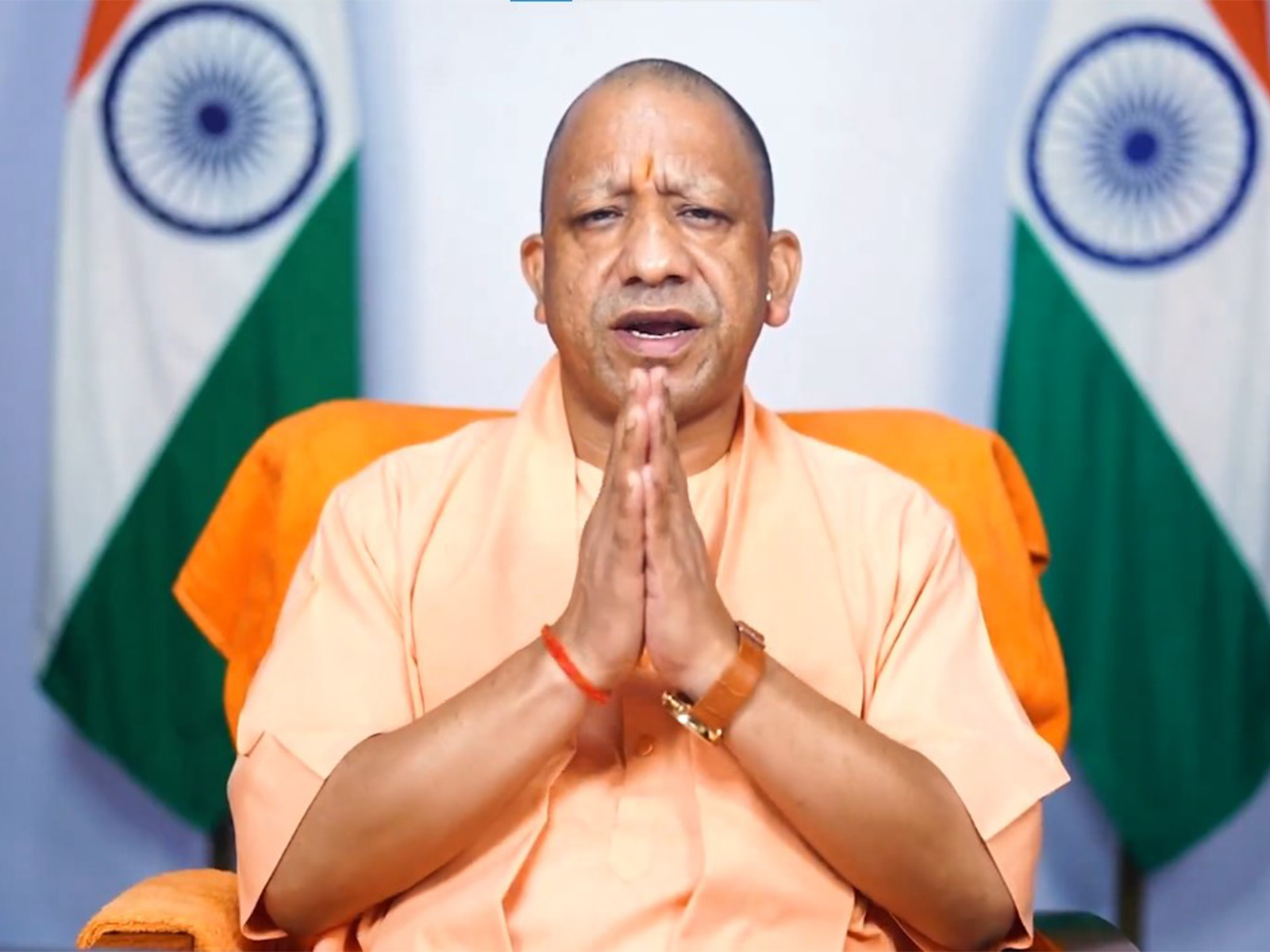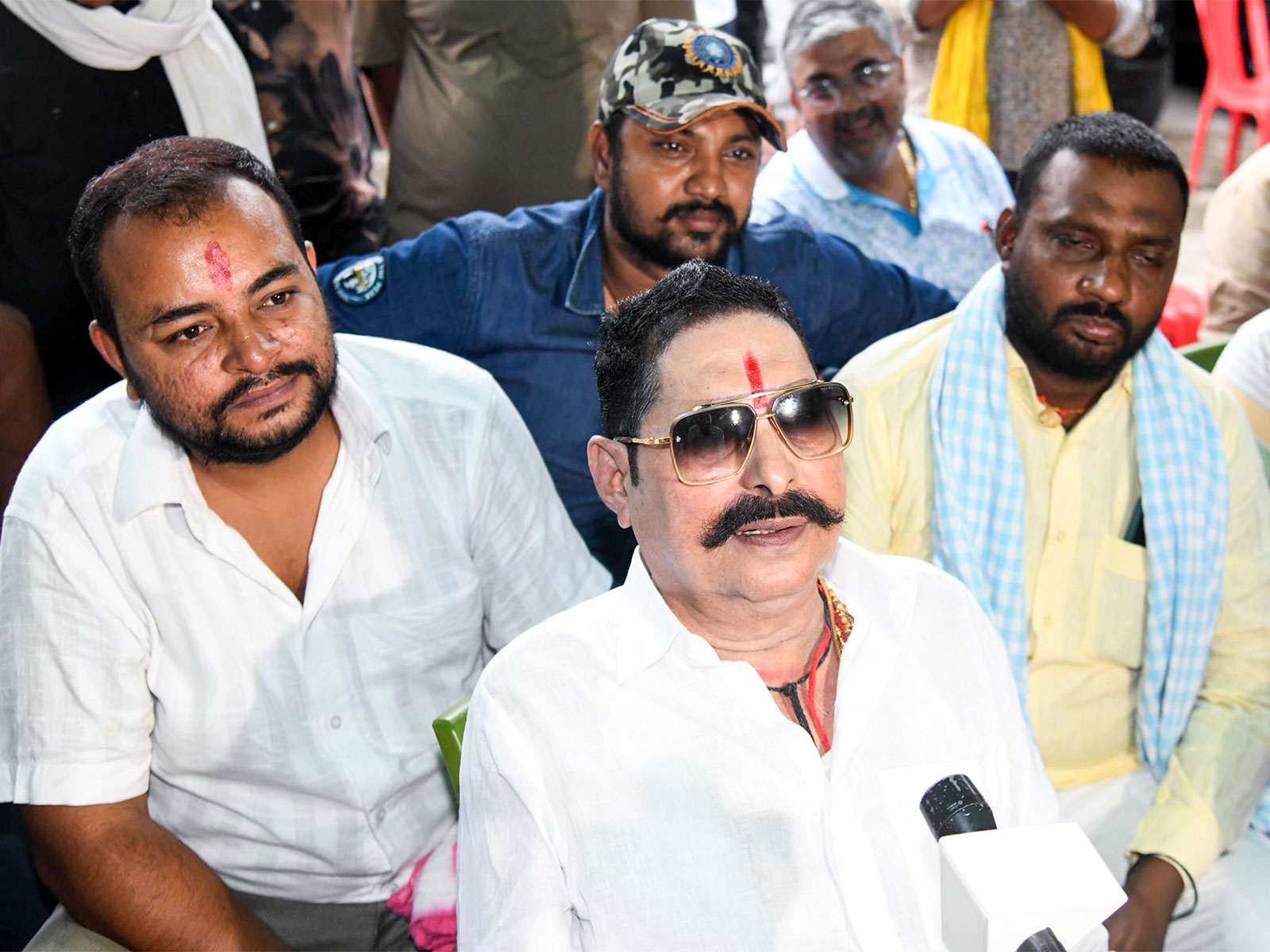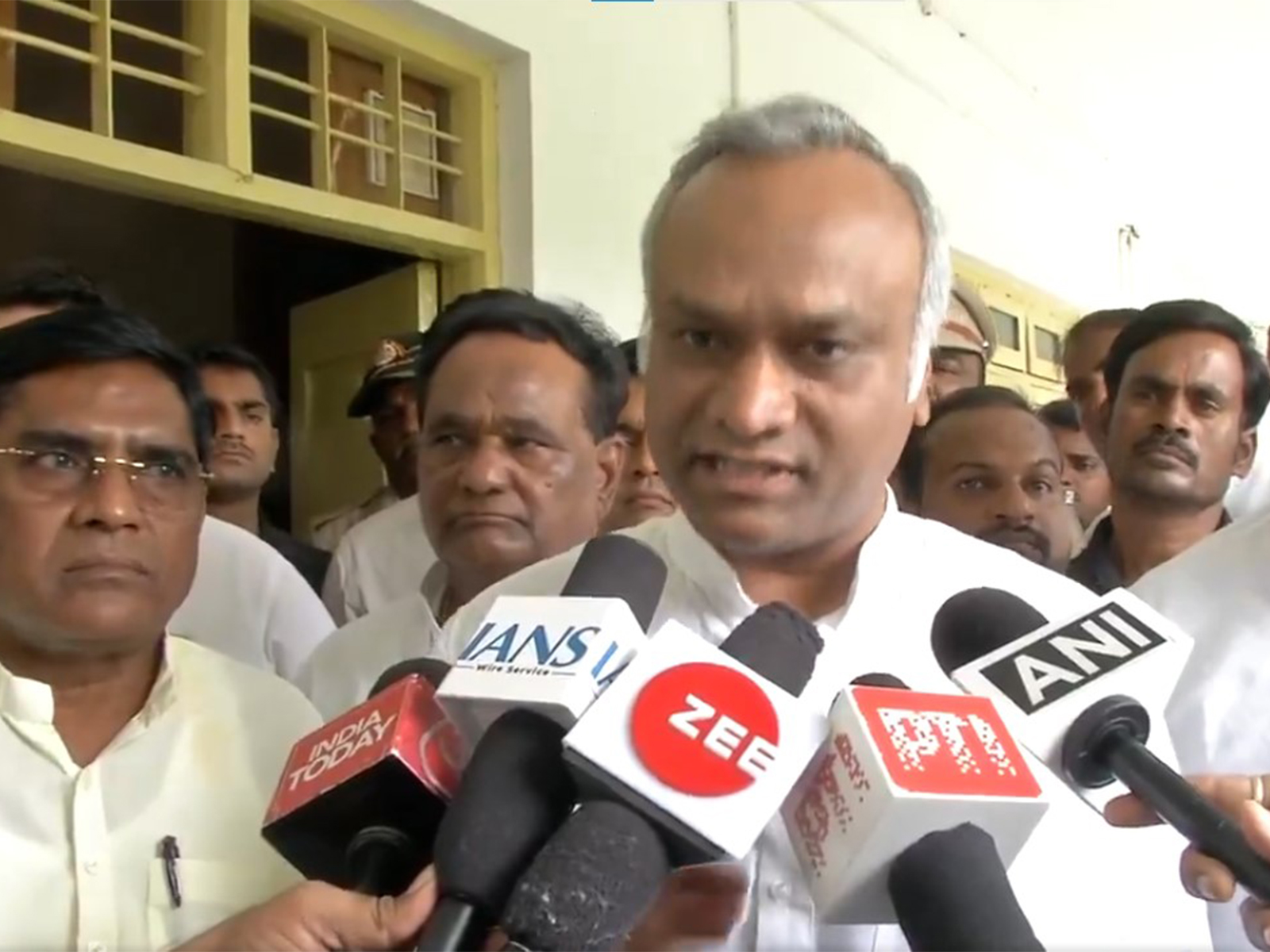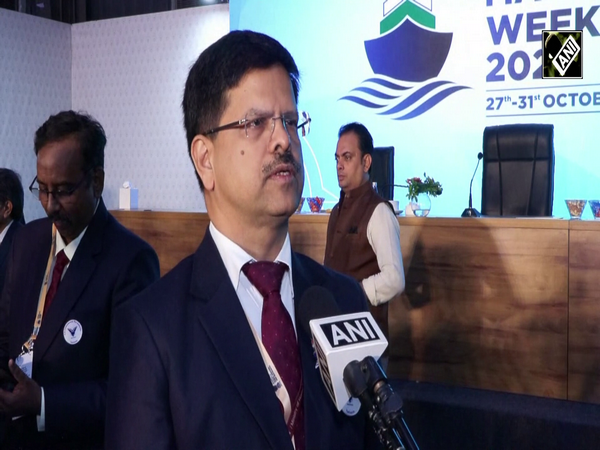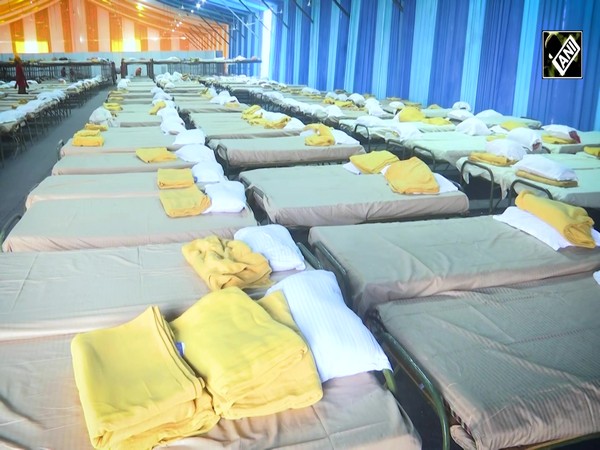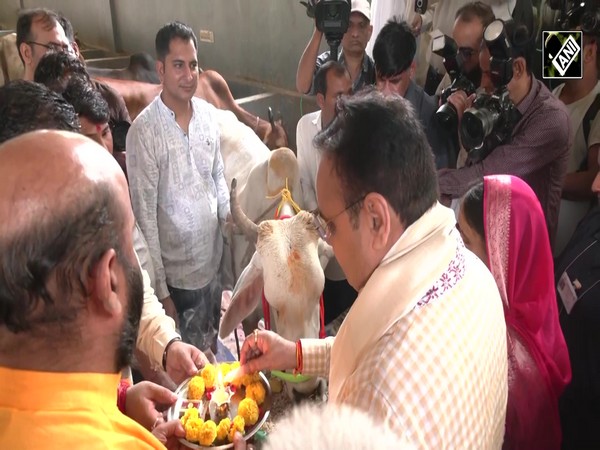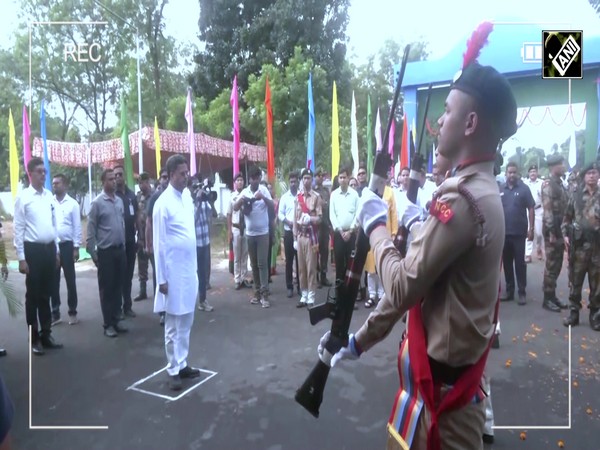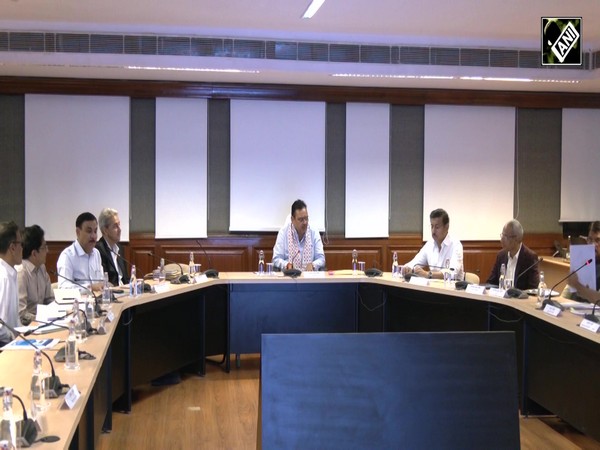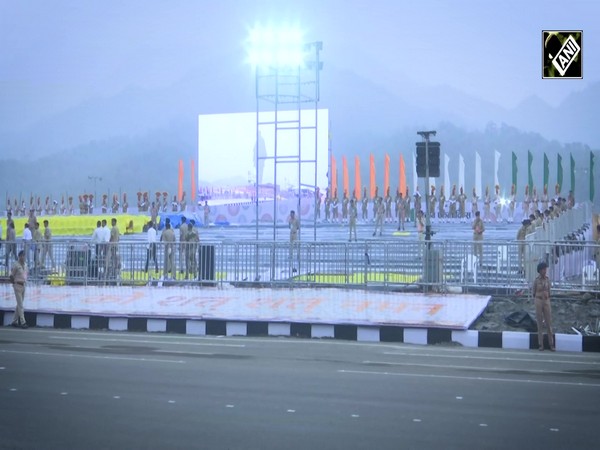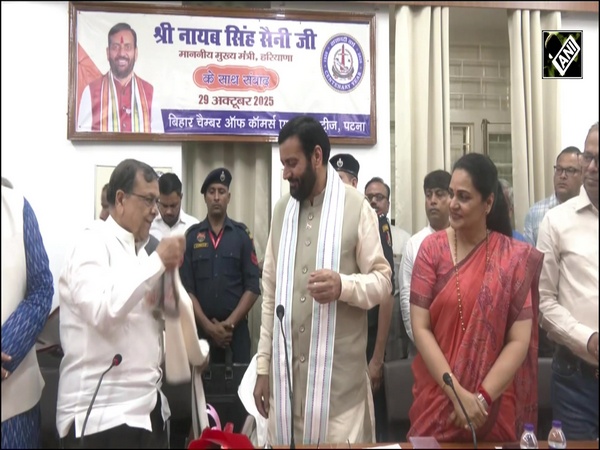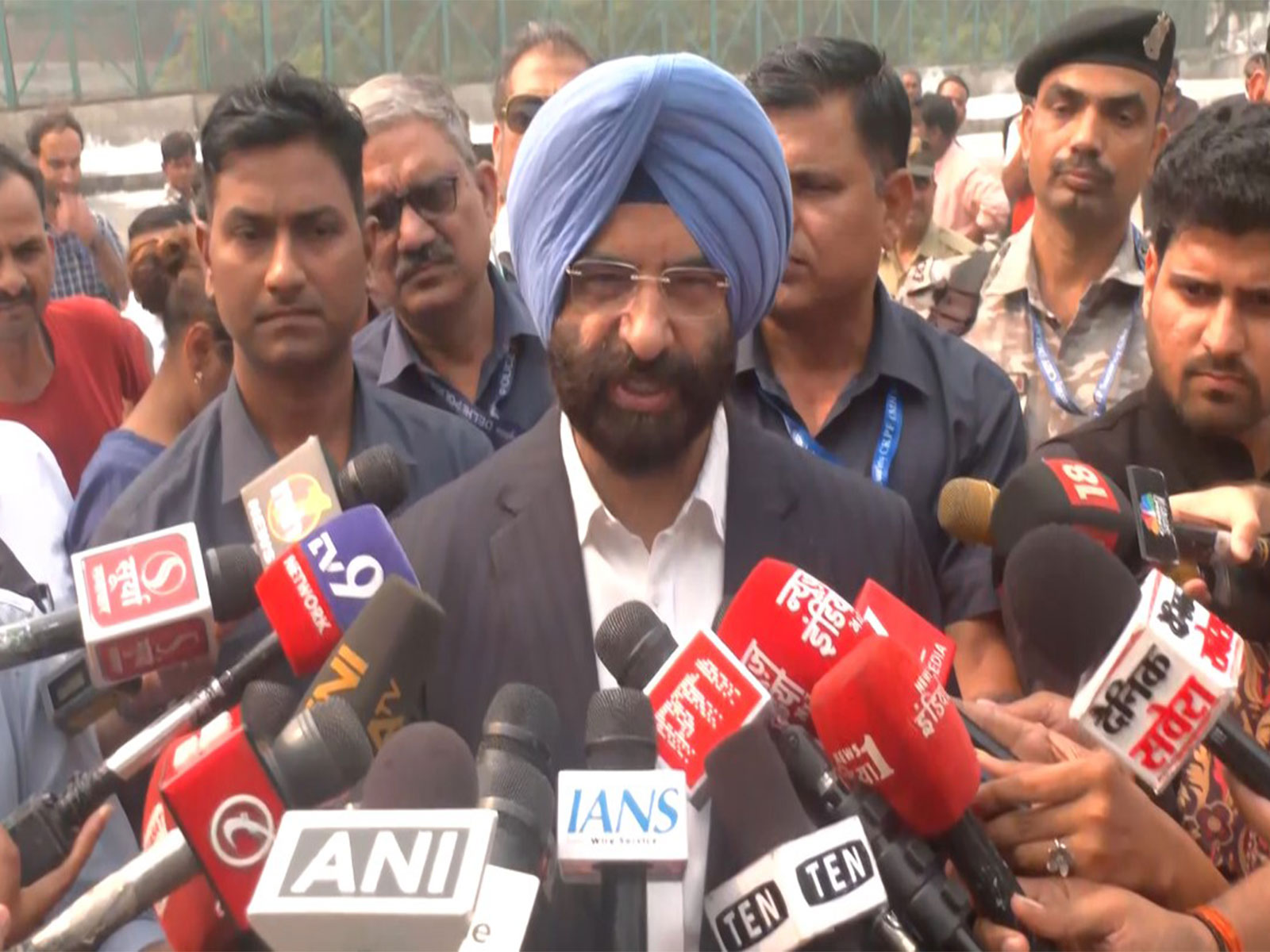
Delhi: Environment Minister Sirsa inspects pollution control measures in Anand Vihar
Nov 01, 2025
New Delhi [India], November 1 : Delhi Environment Minister Manjinder Singh Sirsa inspected pollution control measures and the air quality monitoring system in Anand Vihar on Saturday.
During the visit, the Minister announced that there are 13 pollution hotspots in the city, all of which are receiving increased attention. He also mentioned that various departments are renovating roads, with the total cost exceeding Rs 400 crore.
"There are 13 main hotspots where pollution is very high, and our government is continuously working on those areas. All hotspots are being extra-monitored. Today, we inspected the Anand Vihar bus stop; after that, we will visit Shalimar Bagh and Ashok Vihar in North Delhi. Our goal is to address the traffic congestion at these hotspots, the lack of road management, and the degraded infrastructure there. The MCD, DTC, and PWD have taken strict action against the instructions issued three days ago. Our preparations have been ongoing for nearly seven months, and work is underway on the tenders and work orders that were issued. Work is being done on all these issues under a detailed plan. As soon as CM Rekha Gupta's government came to power, it began fighting against pollution. From charging stations to e-bus systems, work has begun on all the roads in Delhi that were prone to dust. Roads are being renovated by various departments, costing over Rs 400 crore. Work on installing permanent water sprinklers through mist in these hotspots has also begun," Sirsa told reporters.
In a recent post on X, Sirsa mentioned that officials were instructed to address three primary issues causing the area to become a hotspot: excessive traffic, poor traffic management, and dust from the damaged roads in the vicinity. He further stated that under Delhi CM Rekha Gupta, the government is continuously working on all measures to improve infrastructure, manage traffic and reduce pollution.
https://x.com/mssirsa/status/1984533629477753053
"The compliance on the ground of the guidelines issued 3 days ago for pollution control was checked to see if they are being followed properly or not. During this, instructions were given to the concerned officials to address the main 3 reasons for becoming a hotspot - excessive traffic, improper traffic management, and dust flying from the broken roads around. Under the leadership of the Honorable Chief Minister Mrs. @gupta_rekha ji, our fight against pollution in Delhi is continuously ongoing. Our government is continuously working on all measures to improve infrastructure, repair roads, manage traffic, and reduce pollution, and at the same time, immediate solutions are being implemented at hotspots so that citizens can get relief as soon as possible," wrote Sirsa.
Meanwhile, on Saturday morning, the air quality in the national capital remained in the 'poor' category, with an overall AQI of 245 recorded at 8 am.
According to the data of the Central Pollution Control Board (CPCB), the AQI recorded at several monitoring stations of Delhi was 'poor' while some stations also recorded 'moderate' and 'very poor' air quality. The AQI reported at Anand Vihar was 298, Alipur 258, Ashok Vihar 287, Burari Crossing 264, Chandani Chowk 299, Dwarka Sector-8 260, ITO 275, Jahangirpuri 300, Mandir Marg 204, Mundka 259, Najafgarh 214, Narela 283, Okhla Phase-2 248, Patparganj 274, Punjabi Bagh 265, RK Puram 298, Rohini 281 and Sirifort 295 - all categorised as 'poor' as of 8 am. But Aya Nagar recorded a 'moderate' air quality index (AQI) of 182, while IGI Airport (T3) reported an AQI of 188 and DTU recorded an AQI of 181.
In contrast, IHBAS Dilshad Garden had a relatively better AQI of 124, and Lodhi Road recorded an AQI of 150.'Very poor air quality was recorded at Wazirpur with an AQI of 328, and at Bawana, an AQI of 301. An AQI between 0 and 50 is considered 'good', 51-100 'satisfactory', 101-200 'moderate', 201-300 'poor', 301-400 'very poor', and 401-500 'severe.'
Earlier, the Environment had stated that a third round of cloud seeding would be conducted in the national capital after the Indian Institute of Technology (IIT) Kanpur completed the second trial earlier in the day to explore artificial rainfall as a pollution control measure. The second cloud-seeding trial was conducted by IIT Kanpur using a Cessna aircraft fitted with salt-based and silver iodide flares to induce rain. The first trial was conducted last week in Burari on September 23.





